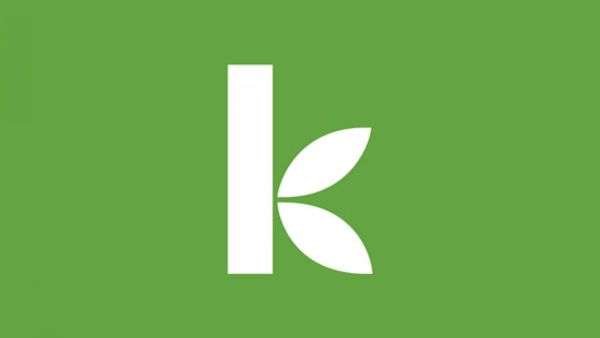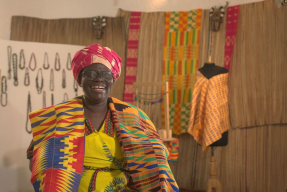Deciphering a Treasure Map: How to Find a Kiva Borrower
November 27, 2010
Time spent in the field working with branch staff, conversing with borrowers, and observing the day-to-day mechanics of microfinance is among the most favored aspects of the Kiva Fellowship. Stepping outside of the office and into the nooks and crannies of an unfamiliar land is fun and exciting…at first. But a simple day out and about can very quickly turn into a character-building experience, especially when faced with obstacles like the nonexistence of posted street signs or printed maps, fickle mobiles, and language barriers—all underneath the equatorial sun’s 90 degree rays.
I’ve spent the last few weeks traveling down dirt roads, through alleyways, and aboard boats to better assess and develop knowledge of the Kiva-Yehu Partnership at the branch level. Throughout this experience I learned that navigating the field is somewhat like a treasure map. Minus the map part. Here’s a brief overview of my last day in the field in which I was sent to meet with a client on an island off Mombasa’s south coast. Sounds like fun, right?
The borrower is wapi?
I was given these directions, a timeframe of an hour and a half, and a “good luck.”
- Head to the matatu stage: Walk down the boda road (an unofficial route turned quasi commercial as a result of heavy motorbike usage), pass underneath the big pink billboard with a cell phone advertisement, and cross the highway
- Board a matatu to the Likoni Ferry
- Take the ferry across the channel (Mombasa is an island)
- Walk up to the matatu park and catch another one to Msambweni
- Get off the matatu at Yehu’s branch (near the Police station, start looking for it after about 90 minutes)
- Meet up with the credit officer at the branch
- Travel by boda to the shore and board a local hotel’s ferry to Funzi Island
- The borrower will be meeting with her center group near where you will dock
- Ouila! Now, how to get back home…
Detour
So here’s what actually happened. I made it through steps one through six without any significant problems. Salim (the credit officer) and I managed to rendezvous on the side of the unnamed road after my 90 minute matatu ride. We hopped into another matatu, then onto some bodas, and finally made it to the shore, where we learned that we had missed the boat to Funzi Island.
Turning back was not an option. It was my last day to meet the client and we had arranged a time and place to meet. So we scoured the shore for other boats. Aside from the few fisherman out to sea, the only other ship was propped up on shore as workers repaired and repainted its hull. Hmmm…
We befriended a local fisherman who agreed to ferry us over in his dhow (a canoe built form a hollowed out tree trunk). I sat on a log while Salim and the fisherman paddled for about two hours. Once we arrived on shore, our new rafiki led us on a two kilometer trek through brush, mangrove swamp, and beach. We finally made it to the clients who were awaiting our arrival at the group meeting center. Salim introduced Kiva to the group of women and we interviewed a client, Mwanaache, who would become the very first Kiva borrower at this particular branch.
'Expect the unexpected
The moments spent away from my desk are best characterized as an arduous adventure that consists of my greatest triumphs and travails as a Kiva Fellow. The best piece of advice I have is to expect the unexpected. Things will be going great. Then something will happen and it’s time to readjust the plan.
I had spent most of my day traveling to meet with one group and speak with one Kiva borrower. Although the tangible benefit may have been minimal (I collected information for just one borrower’s story), the journey expanded my knowledge of and assimilation to the people and places that surrounded me. And I didn’t have to wear my shoes for the entire day!
At the end of the day, I boarded my final matatu exhausted but fulfilled. I slouched down in my seat ready to settle in for a long ride. The conducta slammed the door shut. With a crashhh, the entire door (severed from its hinges) landed on the cement of the highway. Time to readjust the plan. Some passengers tied it to the exterior of the vehicle with a few strands of twine. The jerry-rigged solution left the entire doorway open which created, aside from the safety hazard, a refreshing breeze that replaced the stuffy humid air with that of the cool dusk. For the first time since I arrived in Kenya, I sat through the entire ride without anyone trying to close my window.
Katie Morton (KF12) recently completed her fellowship in Mombasa and is off climbing Mt. Kilimanjaro. Check out Yehu’s currently fundraising loans and its lending team!














